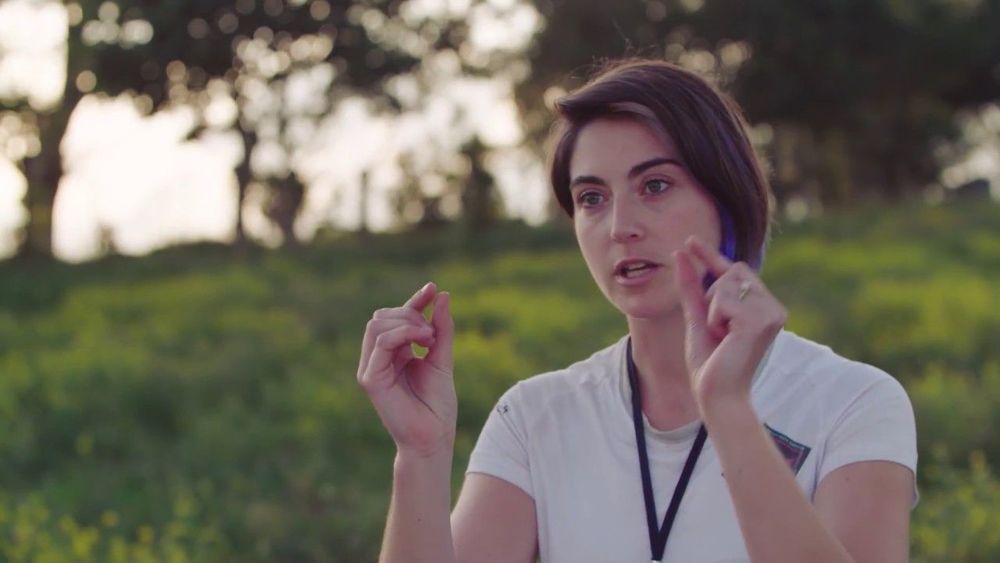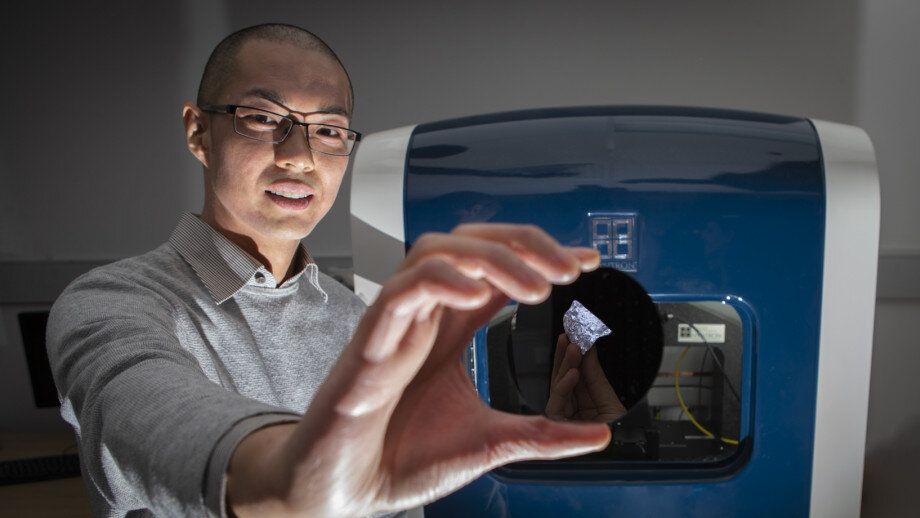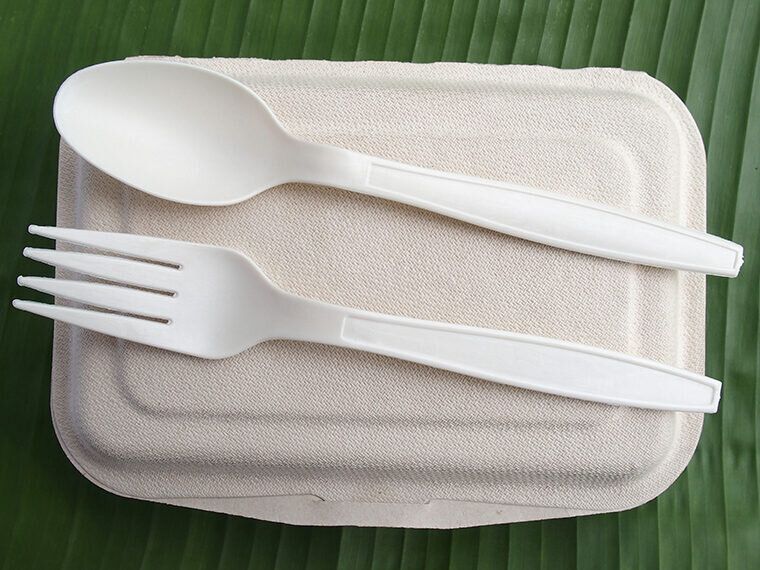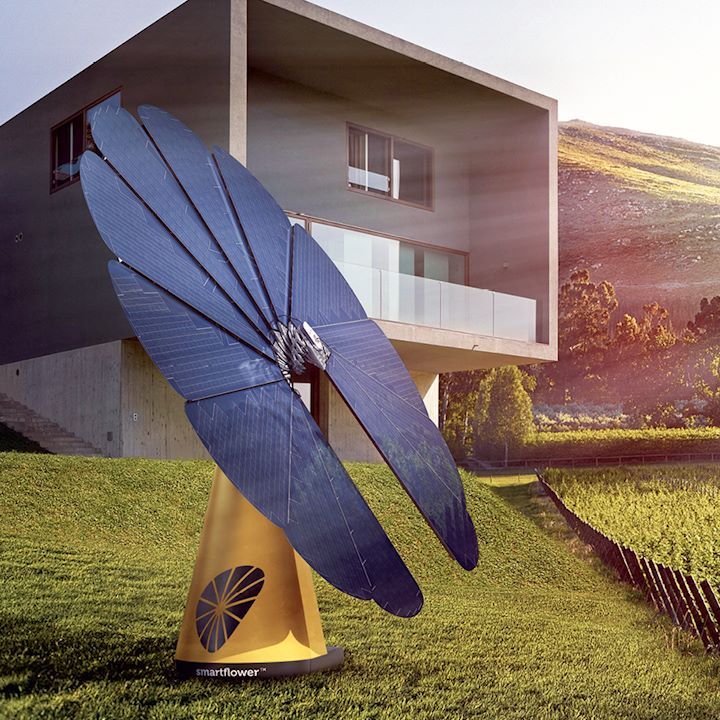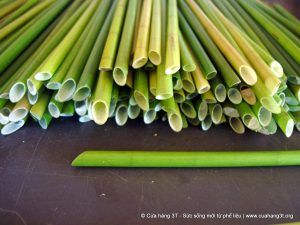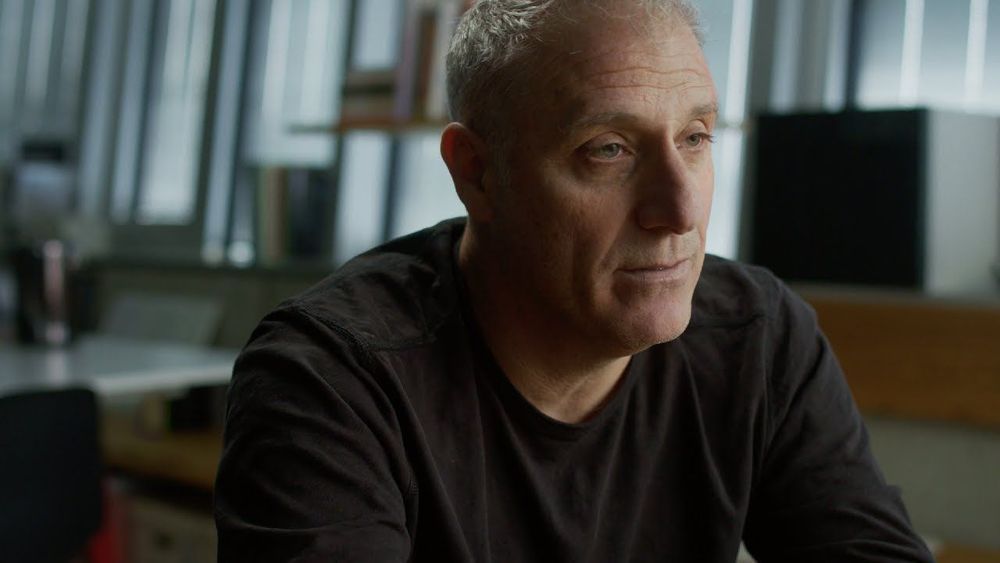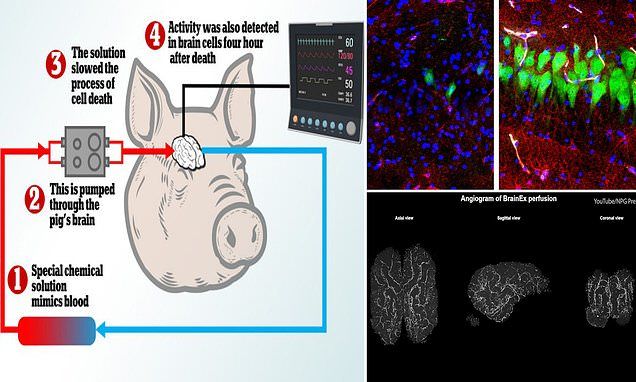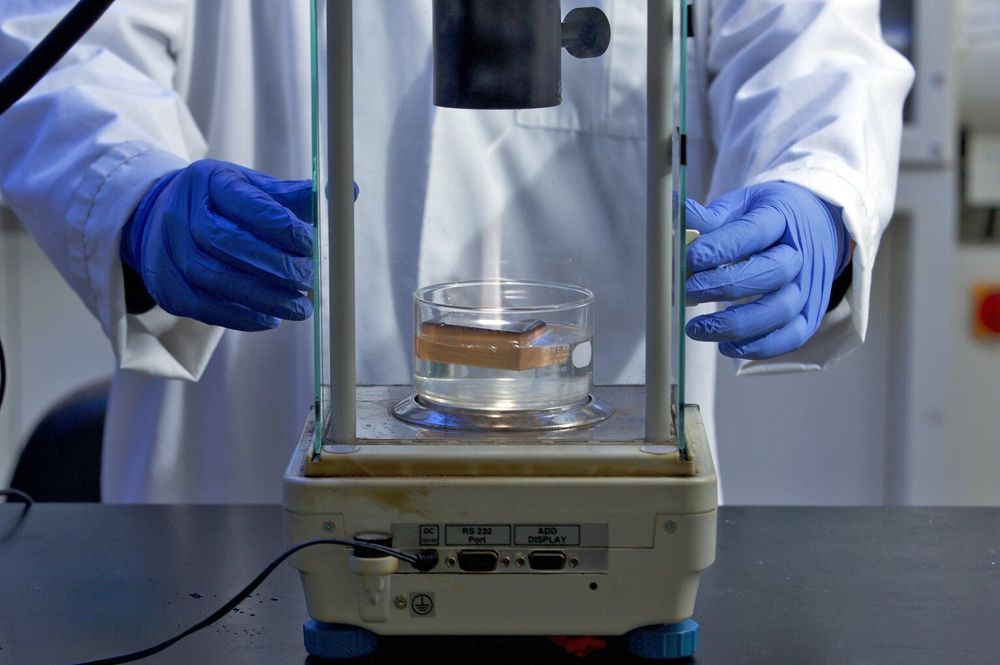Two years ago a team of scientists visited Costa Rica’s subduction zone, where the ocean floor sinks beneath the continent and volcanoes tower above the surface. They wanted to find out if microbes can affect the cycle of carbon moving from Earth’s surface into the deep interior. According to their new study in Nature, the answer is affirmatively—yes they can.
This groundbreaking study shows that microbes consume and—crucially—help trap a small amount of sinking carbon in this zone. This finding has important implications for understanding Earth’s fundamental processes and for revealing how nature can potentially help mitigate climate change.
At a subduction zone there is communication between Earth’s surface and interior. Two plates collide and the denser plate sinks, transporting material from the surface into Earth’s interior. Showing that the microbes at the near-surface are playing a fundamental role in how carbon and other elements are being locked up into the crust provides a profound new understanding of Earth processes and helps researchers model how Earth’s interior may develop over time.
